In a world dominated by digital connectivity, social media platforms have emerged as powerful agents of change, shaping various aspects of modern life. One domain significantly impacted by this virtual revolution is food culture and dietary preferences.
As individuals around the world increasingly turn to platforms like Instagram, TikTok, and YouTube for culinary inspiration and advice, the influence of social media on food choices has become undeniable.
The Visual Feast: Instagram and Food Photography
Instagram, known for its visually-driven content, has revolutionized how one interacts with food. The platform's emphasis on stunning visuals and aesthetically pleasing presentations has created a new culinary artistry. Influencers, food bloggers, and chefs alike have found a stage to showcase their creations, often pushing the boundaries of traditional culinary norms. Instagram has fostered a culture of visual storytelling around food, from elaborate multi-course meals to simple yet elegant home-cooked dishes.
A recent study conducted by psychologists from Aston University's College of Health and Life Sciences has revealed that social media users, when exposed to images of nutritious foods with substantial 'likes,' are inclined to opt for healthier food options.
The research demonstrated that participants who observed mock Instagram posts featuring fruits and vegetables with many likes consumed a notably larger portion of grapes than cookies. Specifically, the intake of grapes increased by 14 percent more calories in this group compared to those who viewed highly endorsed, high-calorie foods.
Short-Form Entertainment: TikTok and Culinary Creativity
TikTok, with its short-form video format, has democratized the culinary world. With concise, engaging videos, creators can share recipes, cooking tips, and innovative food hacks in under a minute. This accessibility has brought culinary expertise to a wider audience, making cooking less daunting and more approachable. Moreover, viral food trends like whipped coffee and cloud bread have swept the platform, demonstrating TikTok's immense influence in shaping dietary preferences.
Bella Bucchiotti, food writer at xoxoBella, says, "With the popularity of TikTok, food trends can spread like wildfire, influencing what we eat, and how we prepare it. As someone with celiac disease, I find this can be a double-edged sword. While social media has helped shed light on gluten-free options and provided a community for those with the condition, it has also led to the proliferation of potentially harmful misinformation."
Long-Form Expertise: YouTube and Cooking Tutorials
For those seeking in-depth culinary knowledge, YouTube serves as an invaluable resource. Many cooking channels, hosted by amateur enthusiasts and professional chefs offer detailed tutorials. These range from basic cooking techniques to advanced, restaurant-worthy recipes. This platform bridges the gap between culinary novices and seasoned experts, allowing viewers to explore diverse cuisines and cooking styles from the comfort of their homes.
Cultural Exchange: Influencers and Global Gastronomy
Social media has enabled an unprecedented exchange of culinary cultures. Influencers and content creators often delve into international cuisines, showcasing the richness and diversity of global food traditions. This cross-pollination of culinary ideas has led to popularizing niche dishes, fostering a more inclusive and adventurous approach to food.
Food influencers excel at creating visually appealing content. Their beautifully curated photos and videos showcase dishes in the most appetizing way possible. Think of a steaming bowl of delectable and appetizing noodles being slurped tantalizingly by your favorite influencer. This visual appeal can entice viewers to try new recipes or visit restaurants based solely on the attractiveness of the food.
They also often set food trends. Whether it's a new cooking technique, a unique ingredient, or a specific dish, their endorsement can propel a food item into the limelight, encouraging their followers to adopt it into their culinary repertoire.
Influencers are a wellspring of creative recipes.
Karen Kelly from Seasonal Cravings, says, "Social Media has affected food culture in many ways, some good and some bad. Personally, I think many of the social media foodie accounts have made people more adventurous in what they eat. We see the bright colors and flavors and they look so appetizing we want to try them out at home. There are many times that my teenage son comes to me with recipes he wants to cook for us and most of them are very healthy."
Many food influencers advocate for healthy eating and wellness. They share tips on balanced diets, nutritional information, and dietary restrictions. Their advice can steer their followers towards healthier food choices. By sharing their experiences and preferences or promoting specific food products or kitchen equipment, their followers may visit specific establishments or try out these products, potentially leading to changes in their cooking and eating habits.
The Dark Side: Challenges and Concerns
The pervasive influence of social media on food culture and dietary choices isn't without its shadowy side. Various challenges and concerns have emerged as these platforms increasingly shape how people approach food. The pressure to present visually perfect and elaborate dishes on social media can set unrealistic standards for home cooks. This may lead to feelings of inadequacy and discourage people from experimenting in the kitchen. Also, in the pursuit of visually stunning meals, the nutritional content of food can sometimes take a backseat. There's a risk that individuals prioritize appearance overbalanced and nourishing meals.
Social media tends to amplify food trends, which can sometimes promote unsustainable eating habits. Fad diets and extreme culinary experiments may not always align with long-term health and well-being. It may also lead to the homogenization of culinary traditions. Authentic, culturally significant dishes like Fumbwa or African peanut stew might be overshadowed by those that simply photograph well.
Another downside is that social media can glorify indulgent, highly processed, and calorically dense foods. This can contribute to an unhealthy culture of overconsumption and may not align with individual health goals. The constant exposure to images of 'perfect' bodies and 'ideal' diets can impact body image and lead to disordered eating patterns. This is a concerning aspect, particularly among vulnerable demographics.
It is vital to remember that not all food-related content on social media is accurate or evidence-based. Misinformation and pseudoscience regarding diets and nutrition can easily spread, potentially leading to misguided dietary choices. Sponsored posts and partnerships with food brands can blur the line between genuine recommendations and paid endorsements.
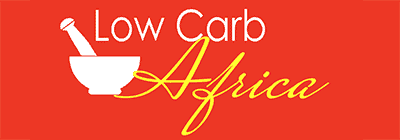

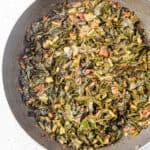
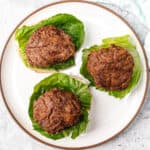

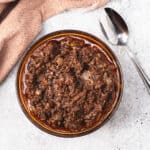



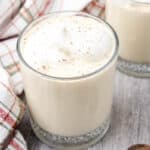
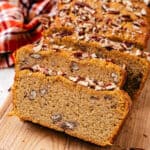
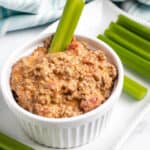
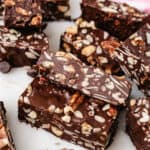

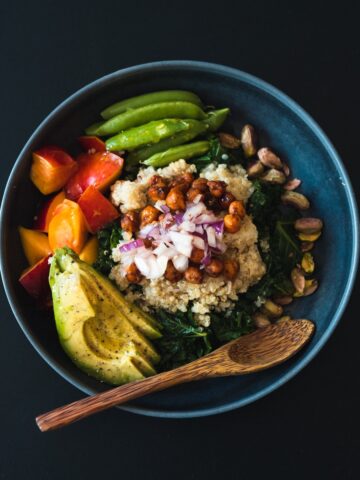
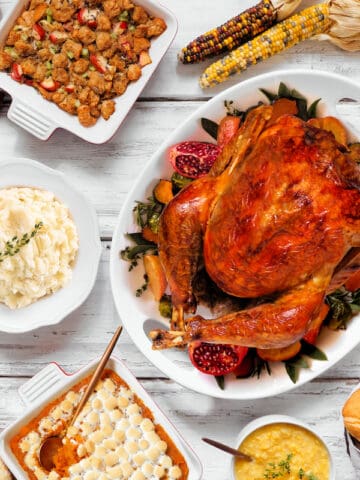
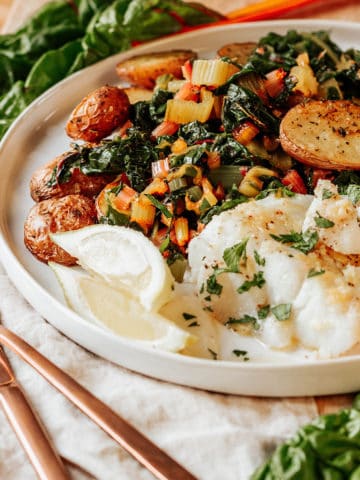

Comments
No Comments